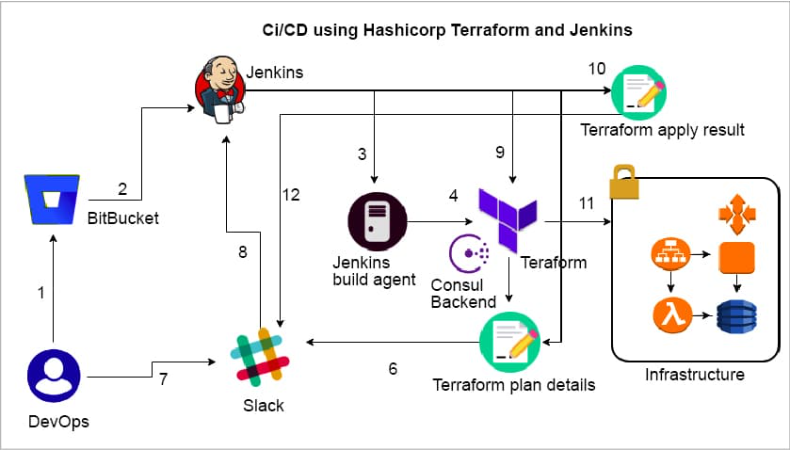Modern organizations rely on powerful infrastructure tools to automate workflows, gain real-time visibility, and adapt rapidly to changing demands. By integrating platforms like Terraform, Docker, Git, and Jenkins, teams can build—and maintain—robust, scalable environments with confidence.
Key Tools Explained
Terraform is an open-source IaC (Infrastructure as Code) framework that lets engineers define cloud resources declaratively. From virtual machines to networks and databases, Terraform’s modular design makes provisioning consistent, repeatable, and version-controlled.
Docker revolutionizes application deployment by packaging services into isolated, lightweight containers. Containers ensure environment parity from development through production, simplifying scaling and rollback strategies across on-prem, cloud, or hybrid landscapes.
Git remains the cornerstone of collaborative development. Beyond source control, Git workflows—paired with branching strategies—enable distributed teams to iterate safely, track changes, and audit history across every configuration file and script.
Jenkins is a battle-tested automation server that orchestrates pipelines for building, testing, and deploying applications. With its extensive plugin ecosystem, Jenkins can integrate with virtually any toolchain, empowering teams to enforce quality gates and accelerate release cycles.
Why It Matters
- Increased Efficiency: Automating repetitive tasks frees engineers to focus on innovation rather than manual chores.
- Better Visibility: Centralized dashboards and logs help detect anomalies early and reduce mean time to resolution.
- Elastic Scalability: Declarative configurations enable seamless horizontal scaling to meet peak demands.
- Adaptability: Infrastructure as Code and containers make it easy to pivot architectures as requirements evolve.
Adopting these tools is no longer optional—it’s essential for teams aiming to deliver reliable, high-performance services at scale. As infrastructure complexity grows, so does the need for automation, observability, and reproducibility. By investing in the right toolset today, organizations lay the foundation for tomorrow’s innovation.
